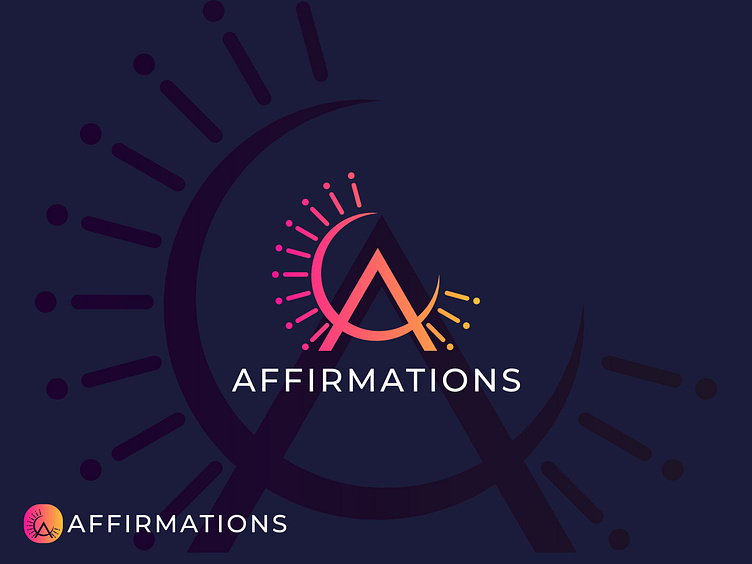Healing Logo
The right color is incredibly important for brand identity because it plays a crucial role in how a brand is perceived by customers and can significantly influence their emotions, behaviors, and decision-making processes. Here’s why color matters for brand identity:
1. Emotional Impact
Colors evoke emotions and feelings that can subconsciously influence customers. For example:
Red can trigger excitement, passion, or urgency, making it ideal for brands in the food, retail, or entertainment industries.
Blue conveys trust, professionalism, and calmness, which is why it’s often used by financial institutions and tech companies.
Yellow suggests optimism, happiness, and energy, commonly seen in brands targeting a youthful, vibrant audience.
Choosing the right color aligns your brand’s emotional appeal with the values you want to convey to your target market.
2. Brand Recognition
Color enhances brand recognition. Research has shown that consumers are more likely to remember a brand that uses distinctive colors. Well-chosen colors help a brand stand out in a crowded market, making it easier for consumers to identify it quickly.
For example, brands like Coca-Cola (red), McDonald’s (yellow and red), and Tiffany & Co. (blue) are instantly recognizable because of their consistent use of specific colors.
3. Consistency and Cohesion
Using the right color consistently across all branding elements—such as logos, packaging, websites, and advertising—helps establish a unified, cohesive brand image. This consistency builds trust and reliability with your audience.
4. Differentiation from Competitors
Colors can also help a brand stand out in its industry. Choosing a color palette that differentiates you from competitors can make your brand more memorable and help establish a unique presence in the market.
For instance, in the financial services industry, many brands use blue (e.g., Chase, American Express), but a brand that uses green or purple may stand out as more innovative or eco-conscious.
5. Psychological Association
Certain colors have universally recognized psychological associations. For example:
Green is often linked to health, sustainability, and nature, making it a common choice for eco-friendly or wellness brands.
Purple is associated with luxury, creativity, and exclusivity, so brands in high-end fashion or beauty often use purple.
These associations help to communicate your brand’s values and message quickly without the need for words.
6. Target Audience Connection
Colors can be used to connect with specific demographics. For example, pink might appeal to a younger, female demographic, while bold colors like black and gold may attract a more upscale, luxury market. The right color choices help ensure your brand resonates with your target audience’s preferences.
The right color for your brand identity is more than just an aesthetic choice—it’s a strategic decision that can affect your brand’s perception, recognition, emotional appeal, and connection with your audience. By carefully selecting colors that align with your brand values, target audience, and industry, you can create a powerful and effective brand identity that stands the test of time.
